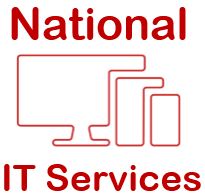There are two parts to having all the computers and other smart devices in your home connected to the internet. The first part is to have a connection from your home to the internet. The second part is to get all your computers and other smart devices connected to the device that is connected to the internet. Both parts can be achieved in many different ways depending on your needs and what is available in your area.
The first part, connect your home to the internet. There are two major questions to be asked here. What type of connection do I need and which internet provider do I want to use? Both questions are restricted by a third question; what is available in my area? To answer these questions you need to examine what you want to use the internet for and how much you can afford to pay and then determine what will best suit your needs.
The second part, connecting all your computers and smart devices to the device that is connected to the internet. First you need to determine what devices within your household you would like connected to the internet and connected to each other to form your home network. Then you need to determine what form of connection each device will use to connect to your home network. There are a number of different options each with their own advantages and disadvantages, and they don’t all have to use the same method.
So you can see that this could be quite a complex issue to sort out and wrong decisions in the beginning could mean frustration, time and expense to fix it up. So why not get National IT Services to help you from the beginning to make sure you are set up according to your needs from the very beginning. But even if you have not done this perhaps you can get National IT Services to simplify your home network so that it is easier for you to understand and use.
Book a job online or call us on 1300 288 371


Get Social